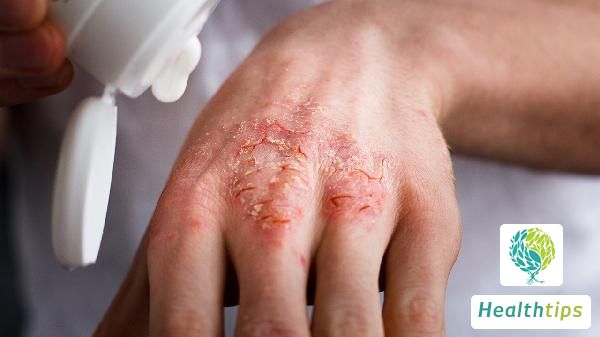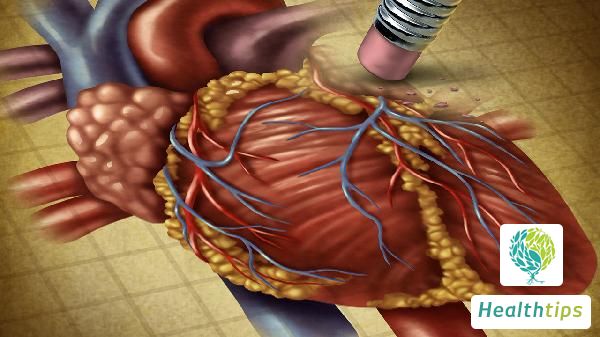Can Damaged Ulnar Nerve in the Hand Recover?
Damage to the ulnar nerve in the hand can be recovered, but the degree of recovery varies depending on the location of the injury, its severity, and the timeliness of treatment. The ulnar nerve is a crucial nerve for hand movement and sensation, responsible for sensation in parts of the little finger and ring finger, and also controls muscles involved in fine hand movements. When the ulnar nerve is compressed, strained, or cut, it may cause numbness, weakness, or impairment of fine movements in the hand. Injuries typically occur at the elbow or wrist, such as the tingling sensation of "hitting the funny bone" at the elbow, which is a manifestation of ulnar nerve involvement.

Recovery depends on the specific type of injury. Mild compression or inflammation can often be improved through non-surgical means such as rest, posture adjustment, and the use of braces. However, if the nerve is completely severed or has been compressed for an extended period, surgical repair or neurolysis may be necessary to restore function. After surgery, nerve regeneration typically occurs at a rate of 1 millimeter per month, but this can be affected by age and overall health status.
In daily life, it is essential to protect the ulnar nerve. Avoid resting your elbow on hard surfaces for extended periods, prevent sleeping positions that compress the elbow joint, and engage in appropriate hand muscle exercises. If symptoms persist or worsen, it is recommended to seek medical attention promptly and consult a neurologist or orthopedist to assess the specific situation and develop a corresponding treatment plan.



















